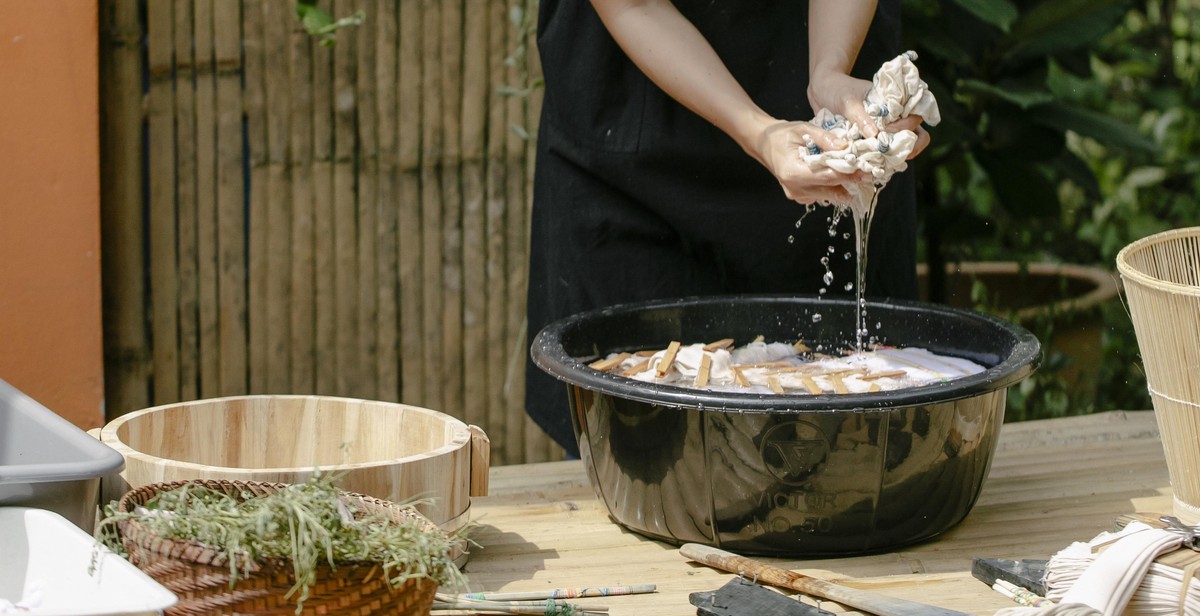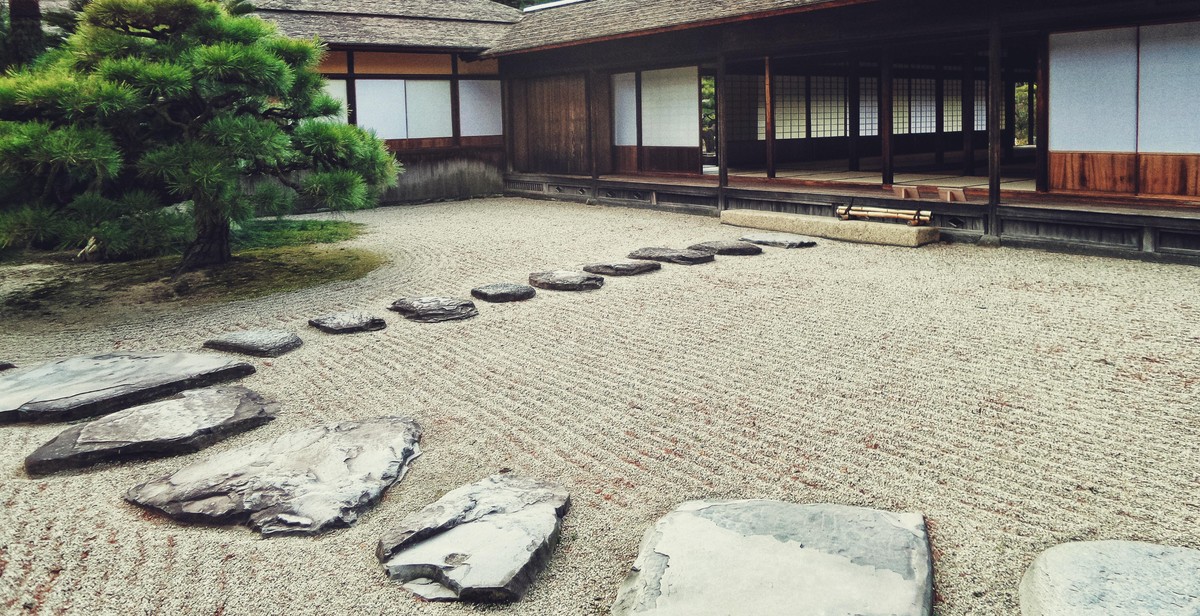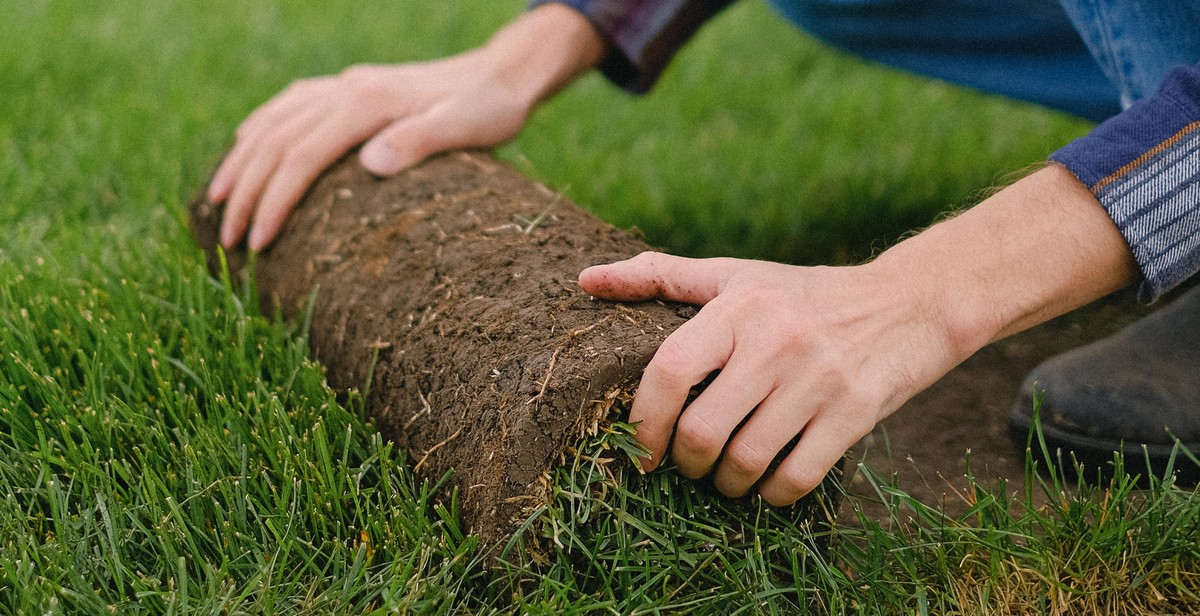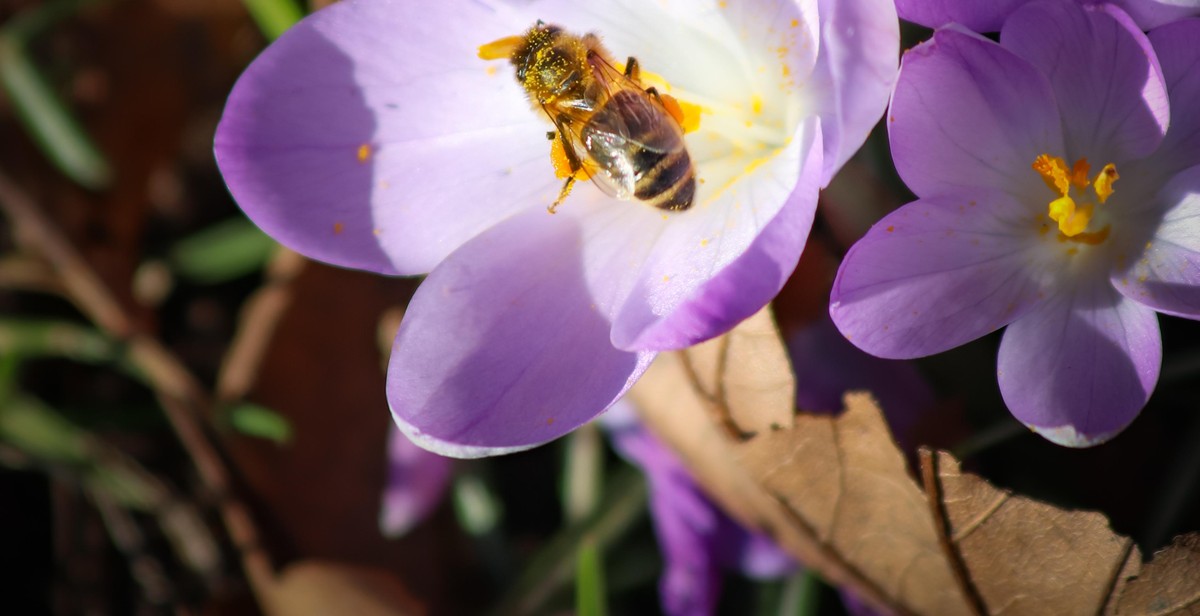How to Install a Garden Trellis for Climbing Plants and Vines
Garden trellises are an excellent way to enhance the beauty of your garden while providing support for climbing plants and vines. A garden trellis can be made of various materials and can come in different shapes and sizes. In this article, we will discuss the benefits of using a garden trellis for climbing plants and the different types of garden trellis available.
Benefits of Garden Trellis for Climbing Plants
Using a garden trellis for climbing plants has several benefits:
- Provides support for plants to grow vertically, allowing them to get more sunlight and air circulation
- Helps to save space in your garden, making it possible to grow more plants in a smaller area
- Enhances the visual appeal of your garden by adding height and dimension
- Can be used as a privacy screen or to block unsightly views
- Keeps plants off the ground, reducing the risk of disease and pests
Types of Garden Trellis
Garden trellises come in different types, including:
- Wooden trellis – made of wood and can be painted or stained to match your garden decor
- Metal trellis – made of steel, aluminum, or iron and are durable and long-lasting
- Bamboo trellis – made of natural bamboo and can add a tropical feel to your garden
- Wire trellis – made of wire mesh and are perfect for supporting heavy vines
Choosing the right type of garden trellis will depend on your personal style, the type of climbing plants you have, and the amount of space you have available.

Tools and Materials Needed
Installing a garden trellis for climbing plants and vines is a relatively simple project that requires a few essential tools and materials. Before you start the installation process, make sure you have the following items:
Tools
- Cordless drill
- Drill bits
- Level
- Tape measure
- Pencil or marker
- Screwdriver
- Adjustable wrench
- Pruning shears
Having the right tools will make the installation process much easier and more efficient. Make sure your tools are in good working order and are suitable for the job at hand.
Materials
The materials you’ll need to install a garden trellis will depend on the type of trellis you choose and the size of your garden. Here are some common materials you may need:
| Materials | Description |
|---|---|
| Trellis | Wooden or metal trellis panels |
| Post anchors | For securing the trellis posts to the ground |
| Screws | For attaching the trellis panels to the posts |
| Wood stain or paint | For protecting the trellis from the elements |
| Plants or vines | For training up the trellis |
Make sure you choose high-quality materials that are durable and suitable for outdoor use. You may also want to consider the style and design of your garden trellis to ensure it complements your garden aesthetics.
With the right tools and materials, you’ll be able to install a garden trellis for climbing plants and vines in no time. Just make sure you follow the installation instructions carefully and take the necessary safety precautions.

Step-by-Step Guide to Install a Garden Trellis for Climbing Plants and Vines
Adding a garden trellis to your outdoor space can provide a beautiful and functional element that will enhance the overall look of your garden. A trellis is an excellent way to showcase climbing plants and vines and can also provide a sense of privacy and shade. Here is a step-by-step guide to help you install a garden trellis for your climbing plants and vines.
Step 1: Choose the Right Location
The first step in installing a garden trellis is to choose the right location. Identify an area in your garden that receives enough sunlight and has enough space to accommodate the trellis. Ensure that the location you choose is accessible and easily visible.
Step 2: Measure and Mark the Placement of the Trellis
Once you have identified the location for your trellis, measure and mark the placement of the trellis on the ground. Use a measuring tape to ensure that the trellis is placed at the desired height and width. Mark the placement of the trellis with stakes or spray paint.
Step 3: Dig Holes for the Trellis Posts
Next, dig holes for the trellis posts. The size of the holes will depend on the size of the posts you are using. Ensure that the holes are deep enough to hold the posts securely in place. Use a post hole digger or shovel to dig the holes.
Step 4: Install the Trellis Posts
Once the holes are dug, install the trellis posts. Place the posts in the holes and use a level to ensure that they are straight. Fill the holes with soil and pack the soil tightly around the posts to hold them in place.
Step 5: Attach the Trellis Panels to the Posts
After the posts are secured, attach the trellis panels to the posts. Use screws or nails to attach the panels to the posts. Ensure that the panels are level and secure.
Step 6: Train Your Climbing Plants to Grow on the Trellis
Finally, train your climbing plants to grow on the trellis. Gently tie the vines to the trellis using garden twine or plant ties. As the plants grow, continue to tie them to the trellis to encourage them to climb and cover the trellis.
With these simple steps, you can install a garden trellis for your climbing plants and vines. Your garden will look more beautiful and functional with the addition of a trellis.

Tips for Maintaining Your Garden Trellis
Once you have installed a garden trellis for your climbing plants and vines, it is important to maintain it to ensure its longevity and effectiveness. Here are some tips for maintaining your garden trellis:
Regularly Inspect Your Trellis
It is important to regularly inspect your trellis to ensure that it is securely in place and not damaged in any way. Check for any loose screws, broken or bent wires, or any other damage that could compromise the stability of your trellis. If you notice any issues, address them immediately to prevent any further damage.
Prune Your Climbing Plants Regularly
Regularly pruning your climbing plants will not only keep them looking neat and tidy, but it will also prevent them from becoming too heavy and damaging your trellis. Trim any dead or damaged branches, and remove any growth that is spreading too far beyond the trellis. This will also help to promote healthy growth and encourage your plants to climb in the desired direction.
Clean Your Trellis Annually
Over time, your trellis can become dirty and covered in debris, which can attract pests and cause damage. To prevent this, it is important to clean your trellis annually. Use a mild detergent and a soft-bristled brush to gently scrub away any dirt and grime. Rinse thoroughly with water and allow it to air dry before allowing your climbing plants to grow on it again.
By following these tips for maintaining your garden trellis, you can ensure that it remains a sturdy and attractive support for your climbing plants and vines for many years to come.

Conclusion
Installing a garden trellis for climbing plants and vines is a great way to add visual interest and vertical height to your garden. Whether you’re looking to create a lush green wall or just want to add a bit of privacy to your outdoor space, a trellis is a versatile and attractive solution.
When choosing a trellis, consider the size and shape of your plants, as well as the overall style of your garden. A trellis with a simple design may be best for a more modern garden, while a more ornate trellis can complement a traditional garden.
Proper installation is key to ensuring that your trellis is sturdy and secure. Be sure to choose a location that receives adequate sunlight and has good drainage. Use sturdy materials like wood or metal to construct your trellis, and follow all manufacturer instructions for installation.
Once your trellis is in place, it’s time to start planting! Choose plants that are well-suited to your climate and the amount of sunlight your trellis receives. Popular climbing plants and vines include clematis, honeysuckle, and ivy.
With a little bit of planning and effort, you can create a beautiful and functional garden trellis that will provide years of enjoyment. Happy gardening!
